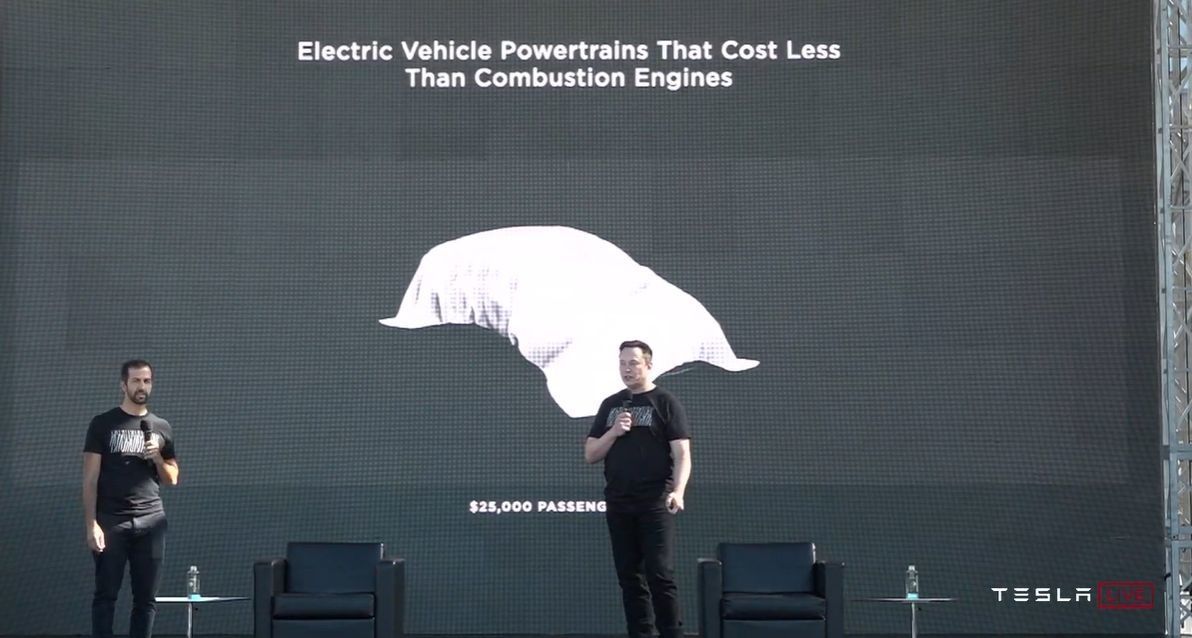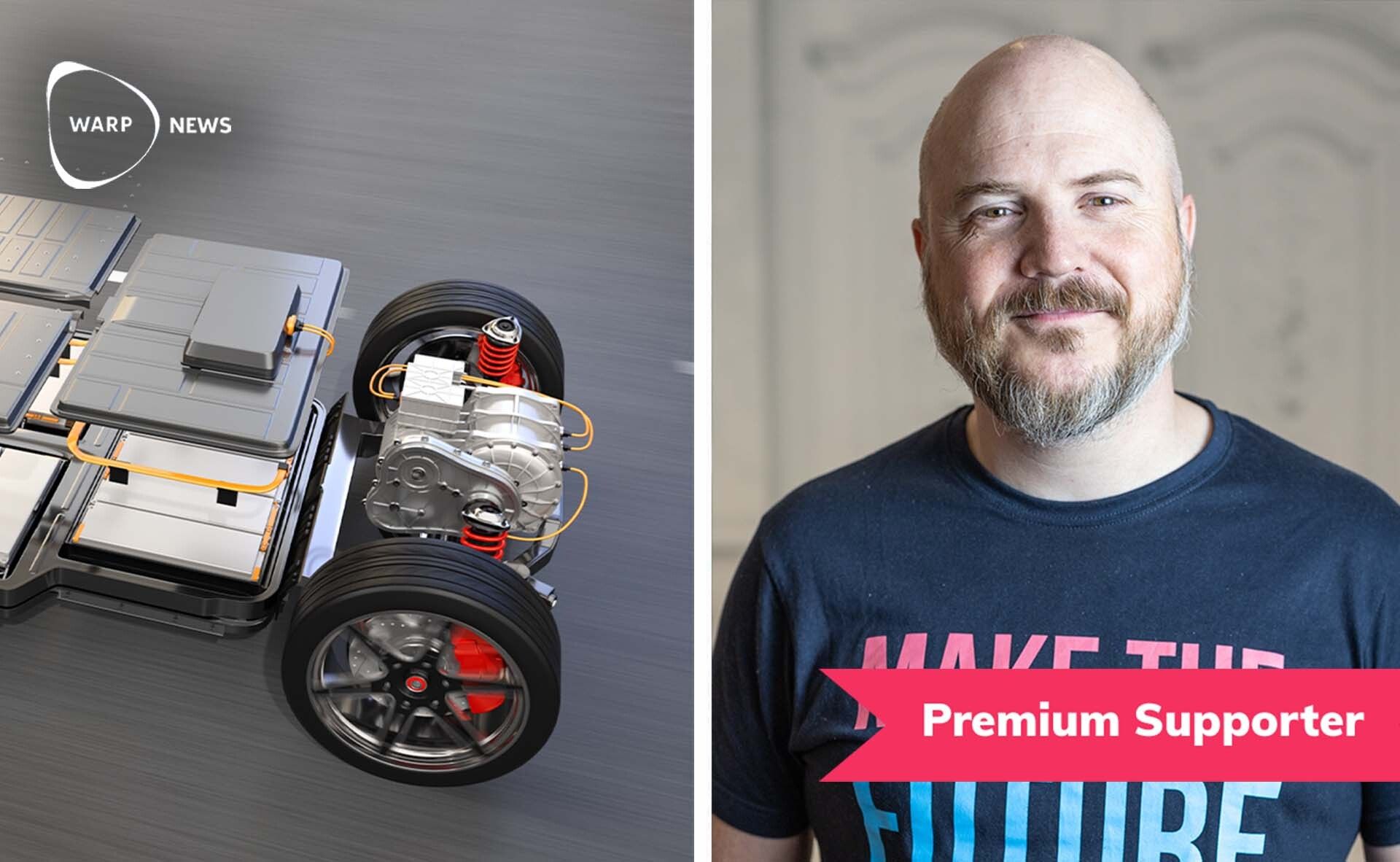
🔋 Tesla’s Battery Day spells the end of the ICE age
If we connect the dots from Tesla's announcements on Battery Day we see the revolution in plain sight. The era of the internal combustion engine is over. By 2030 electric vehicles will be much cheaper both to buy and own, and very few ICE cars will be sold.
Share this story!
The individual points Elon Musk made on Battery Day were impressive by themselves, but if you connect the dots, you see the revolution.
First, it's essential to remember Tesla's mission: To accelerate the world's transition to sustainable energy. That is what drives them. If it were to maximize profits, we would most likely have seen another plan for the next ten years.
The biggest hurdle for EV adoption is battery cost
A big part of that transition is making the transport fleet electric, and the biggest hurdle is the cost of the batteries.
It's the batteries that make electric vehicles (EVs) more expensive to buy than cars with an internal combustion engine (ICE.) EVs are cheaper to own and operate, because the fuel cost is much lower and service costs are not as high.
The magic number is said to be $100 per kilowatt-hour, kWh. At that point buying an EV will cost as much as a comparable ICE car.
Tesla's Model 3 is the world's best selling electric car in history. The Standard Range Plus model has 54 kWh of batteries. According to car expert Sandy Munro, who regularly does teardowns of cars and goes through every detail, the cost was $156/kWh in the Model 3, back in 2018. That would mean the cost of the battery in the car was $8400.
Now, says Munro, Tesla has already pushed that cost down to $108/kWh, or $5800 per battery pack in a Model 3 Standard Range Plus. A 30 percent reduction.

On Battery Day Tesla announced a future reduction of battery costs by 56 percent. That would mean a cost per kWh of below $50! The battery pack in the Model 3 would then cost only $2600. Quite a significant change from $8400 five years earlier (Tesla says it will take them three years to ramp up battery cell production and get to all the cost reductions.)
This means that it will be cheaper to buy a new EV than an ICE car.
This cost reduction is why Tesla could announce a $25,000 car. Their now cheapest model is the Standard Range Plus for $38,000.
The second hurdle is short range
But this is just the first dot. Let's connect the second: Range.
The new batteries will have an increased range of 54 percent. For Model 3 that means going from 250 miles/400 km to 385 miles/616 km.
Range is the second hurdle for EV adoption. It's more in people's heads than in reality when you drive an EV. I had severe range anxiety when I started driving an EV last year, but you soon relax. But it is of course with your head you decide to buy a new car, so it's important to increase the range.
The third hurdle is battery production
The third dot is battery production. Cost reductions and range increases won't matter much if there aren't enough batteries to put into the cars. Therefore Tesla will scale their output to 10 gigawatt-hours in a year, to 100 GWh in 2022 to 3000 GWh (3 terawatt-hours) in 2030.
That will cost about $100 billion, which of course is a shitload of money. But much less than if Tesla hadn't cut costs by 69 percent, like they also announced on Battery Day.

The end of an era
A car that is cheaper to buy and cheaper to own will of course drive a huge demand. That means the end of the ICE car. And remember, this cost reduction is in the next three to four years. If the cost is down to $50/kWH in 2024, what will it then be in 2030?
I've written previously about Wright's Law.
"For each doubling of production, the associated cost drops by a certain percentage."
"If the cost of producing 1000 units is $100, then the cost of unit number 2000 will be $80. For unit number 4000, the cost will be $64, and for unit number 8000 it will be $51."
Accumulated battery production will double many times over in the next ten years. By 2030 EVs will be much cheaper to buy than the comparable ICE car.
We will still have ICE cars on the road by 2030, because it takes a long time to change the entire fleet. But not many new ICE cars will be sold - if we manage to scale production enough. Tesla is probably the most ambitious company on the planet, but still can't do this alone.
Watch history being made in real-time
One often realizes that you saw history in the making only after the history was made. Now we can watch it live. And not just watch, we can be part of it. Buy an EV. Start a battery factory. Make history.
Mathias Sundin
By becoming a premium supporter, you help in the creation and sharing of fact-based optimistic news all over the world.


